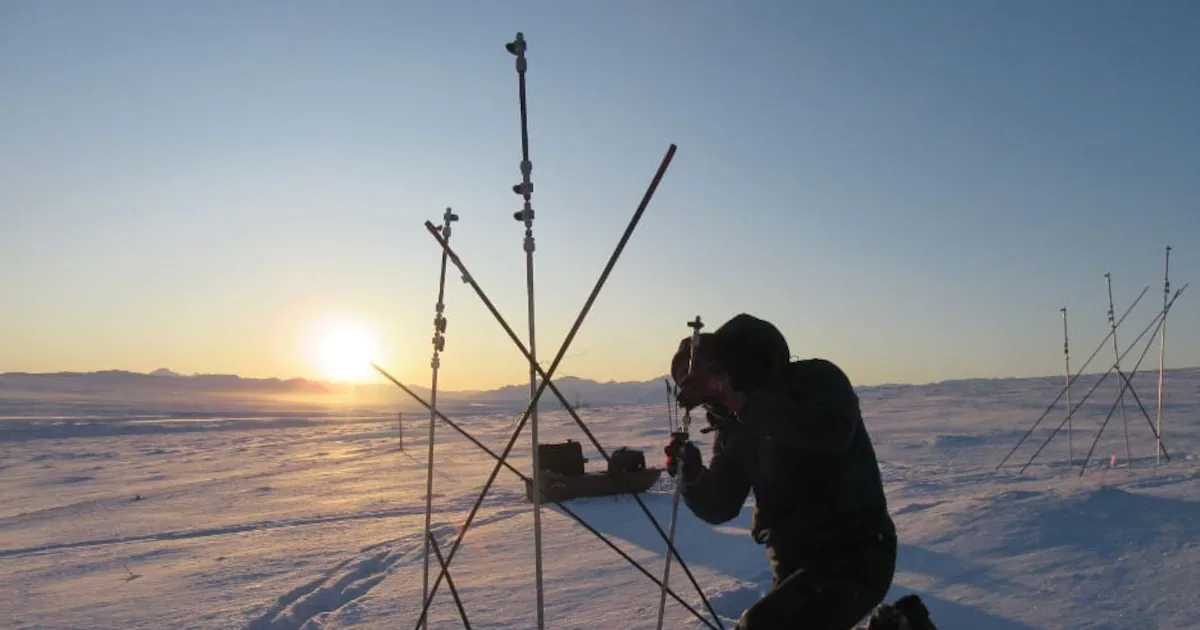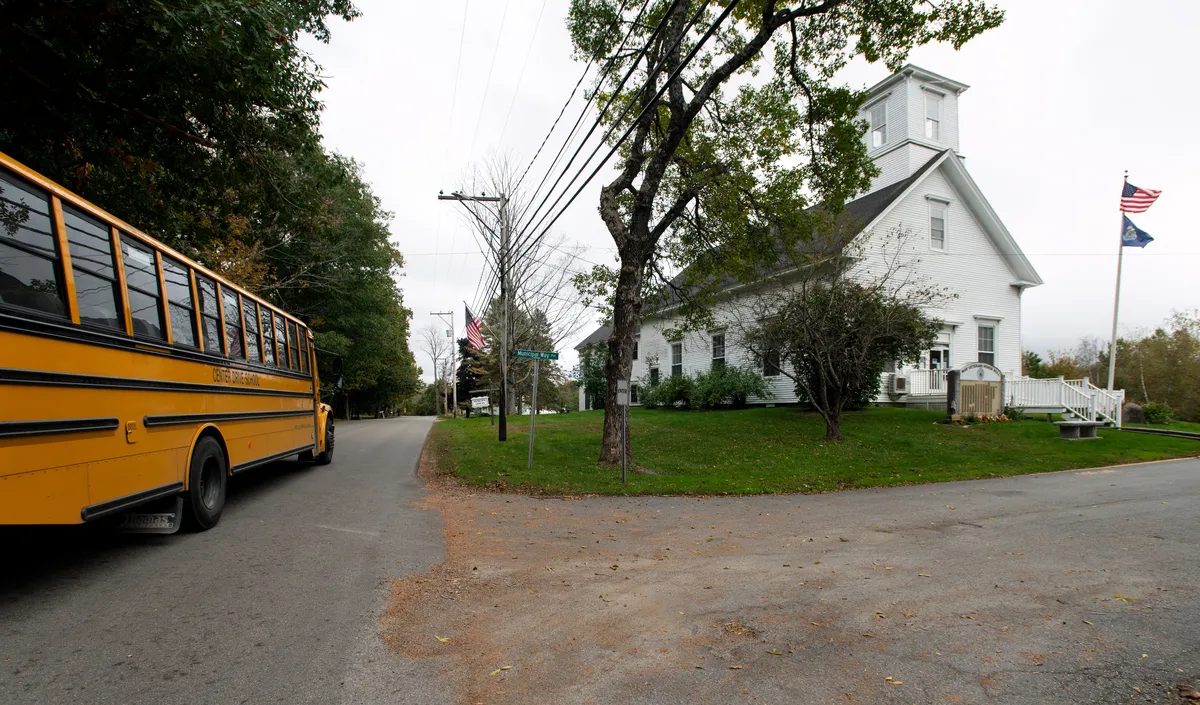
After nearly four decades of connecting Arctic scientists to funding opportunities, research and education projects and each other, the Arctic Research Consortium of the United States held its last community meeting on Friday before a planned Sept. 30 shutdown.
The consortium, founded in 1988, is closing down after losing the National Science Foundation funding that was its major source of revenue.
Audrey Taylor, the organization’s executive director, used the online meeting to explain the ARCUS board’s shutdown recommendation, made this summer.
“The ARCUS that we know and love, what has been ARCUS for the last 35 years, doesn’t have a viable path forward at this time. And so that’s what we’re choosing to sunset,” Taylor said during the online meeting.
The consortium had been coping with reduced funding for the past few years and had already taken cost-cutting steps, like slashing its staff and moving to an entirely online workspace, she said.
The final blow was the Trump administration’s decision to end the National Science Foundation program that had provided most of the consortium’s funding, she said.
Rather than try to keep operating, the board determined that the best option was to close down in an orderly fashion that allows information to be properly archived and, wherever possible, services to be transferred to other management, Taylor said.
“Even though I think I speak on behalf of all of the board and staff that were heartbroken to take this step, we think it’s the most responsible path forward,” she said.
Wendy Warnick, who served as the executive director from 1992 to 2009, said the Trump policies have been particularly devastating.
“We’ve gone through difficult times in the past, but I think what’s happening now is unprecedented,” she said during the meeting. “I hope there’s a way to continue the work that ARCUS has done and to keep this amazing community moving forward as much as possible.”
The consortium had served as a hub for scientists from universities, private entities and public agencies in Alaska, the Lower 48 and internationally. It provided grants and financial support for research projects, supported early career scientists, supported an Indigenous Scholars Program, archived Arctic data and reports and provided other services.
Scientists who participated in ARCUS programs used Friday’s meeting to express gratitude for the past decades’ services.
Larry Hinzman, a former vice chancellor at the University of Alaska Fairbanks who now serves as that university’s designated Arctic professor, said the consortium had made Arctic science more relevant and responsive to people who live in the region.
“In the early days, anything we did in Arctic research had to be justified from the importance of why the Arctic was important to the Lower 48. And I think ARCUS really helped us change that perception and made the Arctic important in its own right,” said Hinzman, who served as a science adviser to former President Joe Biden.
Helen Wiggins, who served as executive director from 2019 to 2024 and is now a board member, was a bit tearful as she lauded what she said was the “high standard of excellence” and “amazing level of professionalism” in the organization.
“It’s really about the people, it’s about the focus that I think we’ve had on authentic connections to each other, working together, supporting each other, caring about each other as people,” she said.
Some ARCUS functions will continue outside of the consortium structure.
The Sea Ice Prediction Network, a scientific collaboration that had been established by ARCUS in 2014, will continue operating as its own entity, said Brit Myers, the consortium’s strategic engagement director.
The network, which provides detailed information about ice conditions off Alaska and elsewhere in the Arctic, is supported by the Colorado-based National Snow and Ice Data Center.
The Sea Ice for Walrus Outlook, another scientific collaboration created by ARCUS, is also surviving. That network, which serves Alaska Native subsistence hunters and coastal communities, provides information on spring ice conditions in walrus habitat off Alaska. It is now operated by the Alaska Ocean Observing System, which also monitors harmful algal blooms, salmon habitat conditions and other aspects of Alaska’s marine system.
Both the NSIDC and AOOS are vulnerable to negative impacts from Trump administration policies, however.
The administration earlier this year ended a National Oceanic and Atmospheric Administration data service that the NSIDC was using to track sea ice. The center now uses satellite-derived data from the Japan Aerospace Exploration Agency, or JAXA.
The administration has also proposed eliminating all funding for the U.S Integrated Ocean Observing System, of which AOOS is a part. That proposal is within the administration’s budget for NOAA, an agency that has already sustained deep cuts that reduced fisheries research, weather monitoring and other services.



